Before I get to rambling about black tea from Guatemala, I’m going to do something a little different to start this off. I’m going to turn the introduction over to my blogger friend, Chris “Tea-Guy” Giddings, since he’s the one who introduced me to the tea I’m about to discuss. Take it away, Chris:
“It was a dark and stormy night… no… literally… that’s what it was! You still don’t believe me? Whatever!
I got a message from William and Jace Longnecker from TRW Fair Trade. I kid you not! No, seriously! Would you let me finish!?!
So, it was a dark and stormy night, when I got the message offering a chance to review a black tea from Guatemala. GUATEMALA! I’d never heard of quality tea from Guatemala, so of course I was intrigued. I mean, wouldn’t you have been?
Anyway! When it finally arrived a few weeks later, it was beautiful! I couldn’t believe my eyes! Long black , twisted leaves presented themselves. OK I thought, this looks good… but IS it good? IS it really?
I’ll let Geoff take it from here. I don’t think you’ll believe me anyway.”
Anyway . . . Chris first showed off this tea over one of our Tea Bloggers Roundtable group chats. And he wondered if anyone else had heard of it. I chimed in saying that I had tried a teabagged, fannings grade Guatemalan grown tea, but that it wasn’t worthy of note. However, I did express a lot of gleeful exuberance over the possibility of trying a whole leaf tea from the region.
My first order of business was to play the ol’ tea blogger card. I got in touch with William Longnecker of TRW Fair Trade Imports and inquired about the whole leaf tea. I received a prompt reply, and an unusual request. He wanted to talk over the phone. That was a first. Usually, the vendor threw the samples at me, and left me to my own geeky devices.
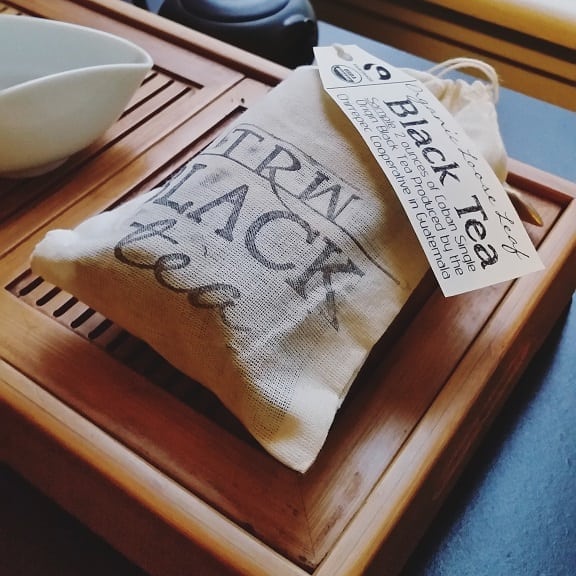
William and his wife were a bit different. They were in it for the story. Both came from backgrounds of working for nonprofit groups in South America. And they had a particular passion for the philosophy of fair-traded goods.
William had worked in Guatemala in an economic development capacity, and was – in turn – introduced to the region of Cobán. It was the capital city for the Guatemalan department of Alta Verapaz. (Think of departments as their version of states. Only with more confusing border politics.)
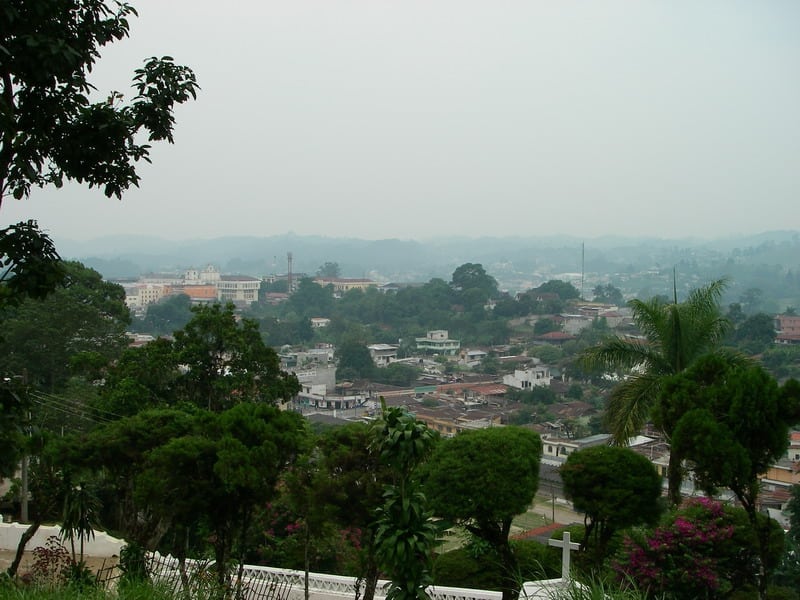
In 1863, a German expat named Oscar Majus Klöffer introduced some interesting agricultural goods to the region. Among them were black peppers, cardamom (for which the region is famous), and (the reason for this blog) . . . tea plants.
This particular black tea hailed from a garden in Cobán that was part of the Chirrepec Cooperative.
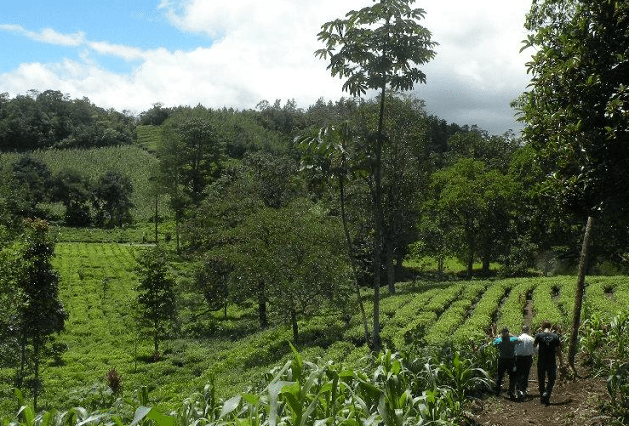
It was exactly as it sounds, a farming collective – similar to the ones that are changing the tea growing game in Nepal. The tea was organic and fair trade certified. But mostly importantly, it was straight-up leaves.
First, I’ve gotta say – as I predicted – these leaves were beautiful to behold in person. They were red to soot-black, large, and looked like they were expertly rolled and prepared. What was most surprising, though, was the smell. There wasn’t much of one. With how burly the tea leaves looked, I was expecting a robust, malty aroma. What I got was surprisingly subtle, a little bit floral, and brimming with unique character. It was like someone mixed some pipe tobacco with a high-altitude Ceylon. It was a subtly manly scent, like a muscular ninja.
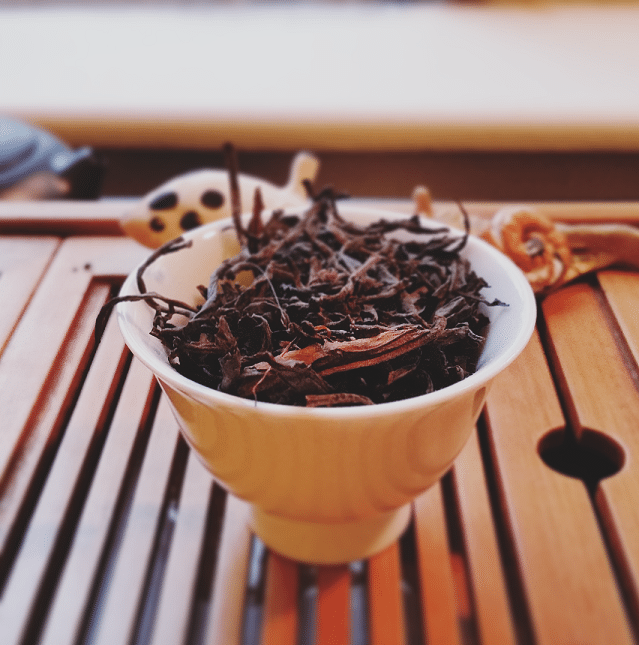
For brewing, given the subtlety of the scent, I went a little harder with this – opting for a four-minute steep time with 200F water, 1 tsp. of leaves in a 6oz. steeper cup. The only instructions TRW had were to brew it like coffee, which I found incredibly fascinating. I didn’t have coffee filters and the like, so I went with what I knew.
Before I get to the taster notes, liquor color and all that hullabaloo, I thought I’d take a moment to point out something interesting about the wet leaves.
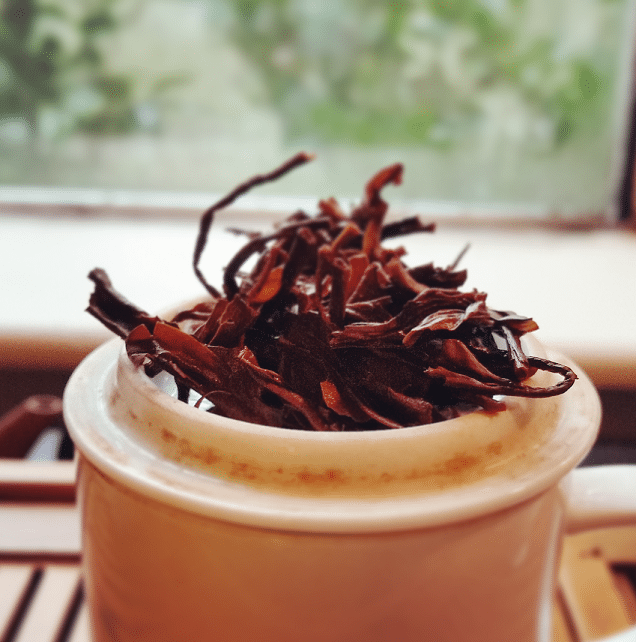
I usually don’t take a moment to smell wet leaves. Because I don’t care. This time, though, whatever I smelled in the dry leaves changed considerably. The water touchdown brought out notes of cocoa and Keemun – wood sweetness with a lather of chocolate. Quite intriguing . . . but back to the brew itself.
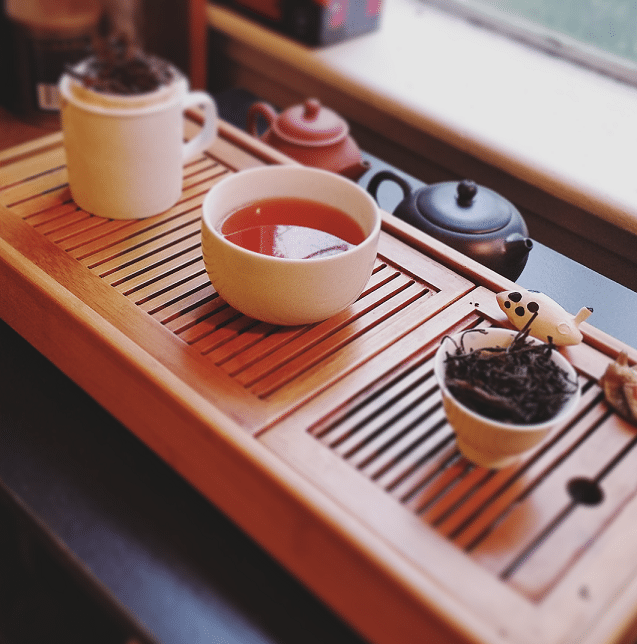
The liquor colored to a soft copper, lighter than an Assam, but more robust than your average Yunnan or Fujian Chinese black tea. The aroma was a lot like the wet leaves, only more along the lines of a low-altitude Ceylon, floral but full bodied. As for taste, there was very little bitterness in this, which was amazing – since I did pulverize it with the steep time. Notes of tobacco, malt, earth, crushed walnuts, and . . . coffee (???) played quite nicely together. On the finish, there was even a hint of spice. Fitting, given the terroir.
As I write this, it’s about midnight. Sometimes, I plan out the teas I’m going to consume on a work shift the next day. Something that’ll put up with a bit of punishment. I honestly can’t think of anything smoother than this in the wake of morning rush hour traffic. Like smoking a tobacco pipe made of Latin spiced chocolate.
To by this tea, go HERE.
And keep an eye out for Chris’s take on this tea in the coming week, HERE.


Chris Giddings
Took the words right out of me mouth brutha!
One of my favorite teas of the past few years I think.
lazyliteratus
And I did it without making a mess.
Arial Alexis
I met Jace through a comment on a Polaris post on modern slavery in the tea and coffee industry – an issue I have spoken about multiple times through online and in-person events. I consider myself a bit of a coffee and tea addict, if not an expert. Book signing tours to Dallas rendered me with a taste for only the best coffee, it was also the reason I became aware of the need for fair trade practices. I started only purchasing coffees & teas that met fair trade standards roughly 2 years ago, but always through secondary sources (grocery/amazon/specialty stores.) Jace’s is the first I have purchased directly, and it is by far my favorite. I am partial to Rooibos, but TRW has elevated black tea to my new favorite. It is subtle enough to enjoy simply brewed, but also holds up to the addition of foamed milk, an evening favorite of mine. I have also added lavender leaves and lemon rind for an Earl Grey take on the tea, but as I said, even standing alone it is superb.
And, of course, the cost is by far below what I expect to pay when I first looked into TRW, and knowing that the funds are reaching the producers directly, as well as supporting the TRW family, makes it all the more worthy.
My favorite aspect of TRW tea is the handwritten thank you letter I received for my purchase. All excessive descriptions aside, TRW is an excellent tea made by exceptional people, and I look forward to many raining nights and warm cups.
lazyliteratus
Agreed, they seem pretty cool.
peter
@trwfairtrade Thanks for sharing your tea and story with @lazyliteratus That tea looks delicious and amazing. I may need to get my hands on some!
Thanks for coming to Tea Trade too, if you have any questions about Tea Trade just get in touch with @jackie or me.
Linda Gaylard
Great post Geoff! I’m looking forward to trying this tea sometime. The leaf looks quite large. I see from Google earth that the elevation of Coban is 1320M, which is quite high. Do you have any guesses as to what variety it is?
trwfairtrade
Linda, the growers only have given this much information on the varietal: Camelia sinensis L. Not much info! 😀
lazyliteratus
Interesting. I don’t know of a variety or cultivar that starts with “L” except for any one of the Long Jing cultivars.
lazyliteratus
If I were a betting man, I’d say assamica?
Xavier
Do you know where Oscar Majus Klöffer got his tea plants? Apparently, he was a coffee planter that emigrated from Hamburg.
Do you have any more info on him?
lazyliteratus
I don’t. There was very little info on him.
Thies Lüders
Oscar Majus introduced cardamom in 1914